The Roms inhabit the territory of the Republic of Croatia from the 14th century. The Roma minority in the Republic of Croatia is not homogeneous: they speak different languages, different religions ...
The Roma's position is marginalized, so the National Program is brought to improve living conditions and to better integrate Roma into the community, while preserving their personality.
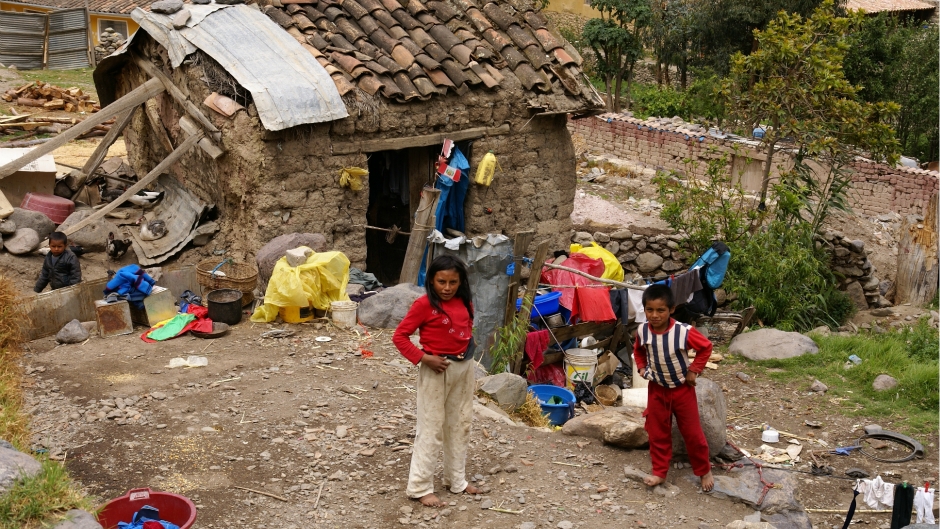
Historical sources that explicitly say about the origin and the beginning of the Roma are modest. There are many theses about the Roma existence and the reasons for launching migration processes. The Roma themselves, with their permanent isolation from the environment and the various elements of language, folklore, customs and legends, made it difficult for scientists to deal with the issue of their origin. According to historical-linguistic sources, it can be concluded that Roma originate from northwestern India (Dardistan, Kafiristan), areas around the Ganges River, and Roma migration has been going on for centuries from India, Afghanistan and Persia. Part of the tribe of the southern group moved in the direction of Syria, Egypt (probably northwest Africa via Gibraltar to Spain - Gitani), while most of the Roma tribes across Turkey crossed the Bosphorus and came to Europe (from the Xth to the XIVth century the Roma remained In Turkey and Greece).

Roma became part of life and survival, which, after coming to Europe and meeting with a different culture, did not change significantly and migration processes continue, although attempts have been made to prevent or at least limit them. Rome in Europe differently called (which often caused misunderstandings) but accepted it differently. The name Romans derives from the term "romani chib" and means man.
In the territory of Croatia, Roma are mentioned for the first time in Dubrovnik in 1362, in a commercial paper. About 13 years later (1373) Roma were also mentioned in Zagreb, where traders, tailors and carnivores. In Dubrovnik, Roma (Jeđupi) live in Gruž and by the end of the XIV. And XV. Century co-operatives were formed that deal with traditional Roma crafts and music. In the Middle Ages the Roma population is related to the towns. In Pula there is the priest Dominik Gypsy in Pula in 1497, and in the year 1500 the Roma are mentioned in the suburb of Šibenik. About the real number and position of Roma in Croatia during the 16th and 17th centuries Century, there is little data. Gypsies "šipuši", players, are mentioned in Croatia in 1671. In Međimurje, the names of the Romans are mentioned in 1688, when a baptismal child of the "gypsy" Duke of Ivan lived in Legrad (who then administratively belonged to Međimurje), and in the 18th century, By the end of the century, the Međimurian feudalists allowed the immigration of Roma corpses.
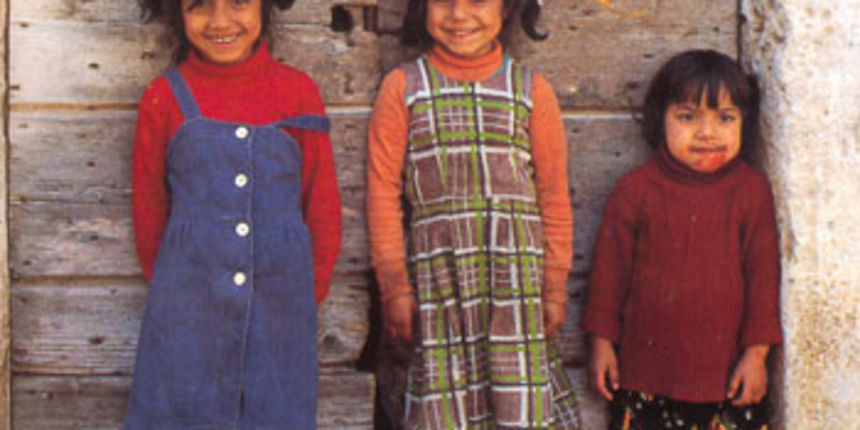
The exact number of Roma currently living in the Republic of Croatia and their territorial distribution is difficult to establish for a number of reasons, so the results of the official population list are merely indicative of the actual situation.
During migration, encountering the many languages, customs and beliefs of other peoples, the Roma adopted the elements of the environment in which they lived for a long time. Most of the population does not know or know the tradition, language, art and other characteristics of Roma inadequately.
The family is a fundamental element of the Roma social organization, with the specifics that arise from the tradition of the creation of the tribal authority and the law.
The 1982 survey shows that the average Roma households are 5.6 members, while in 1998, the relatively large number of households has 5 or 6 members, with significant differences between individual settlements. According to this feature, Roma families differ significantly from the average household in Croatia, as the average Croatian household counted 3.3 members in 1981 to decrease to 3.1 in 1991 and the latest data from 1998 That the average household in Croatia has 3 members.
Domestic households are predominantly young. In the 1998 survey mentioned above, 50% of households surveyed are all under the age of 39, while households with older people are very rare.
Women are often marginalized, a high fertility rate and a traditional division of roles in the family are present. The relationship with women is not emancipated, women are exposed to discrimination, which is reflected in child rearing and family functioning. Children aged 10 to 12, and even younger, are involved in parenting and family affairs, which greatly impedes regular schooling.
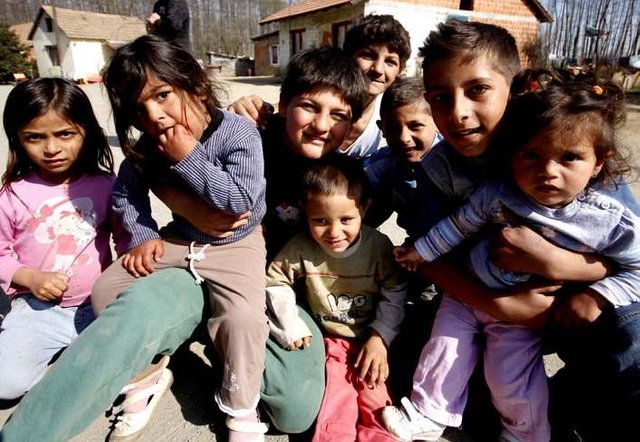
Roma are members of different religions. According to the results of this research, 45.5% of Roma respondents pleaded with Muslims, 31.1% Catholics, 16.9% Orthodox, and in the group of others there were several Jehovah's Witnesses. As many Roma sources of faith do not particularly matter, they often accept the dominant religion of the milieu in which they live and add elements of their traditional beliefs.
Living conditions faced by most of the Roma population in the Republic of Croatia are difficult because of the high unemployment rate, insufficient coverage of the education system, inadequate housing conditions, and (non) regularization of Roma settlements. About the material opportunities of Roma, the most recent data from the 2002 survey mentioned that 89% of households in question did not have one permanent source of income.
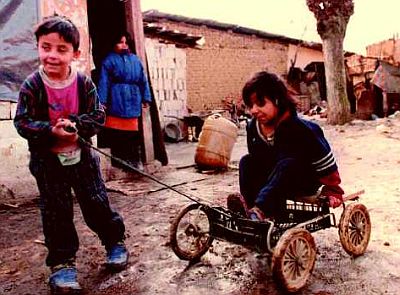
Roms culture
Roms in Croatia have three differenet national feast:
World day of Roms, 8. April

The World Roma Day, on April 8, is celebrated with the honor of the First World Congress of Roma, held from 8 to 12 April 1971 in London, one of the most important events in the history of Roma. At that congress were adopted decisions on the Roman flag and the official anthem. The Roman flag is in the lower part of the green color that symbolizes the earth, and in the upper part there is a blue color symbolizing the sky. The red wheel, which is in the middle of the flag, represents the travel and migration of Roma. The official roman anthem is based on the old roman song of Gyelem, gyelem. The first Roma congress in London resulted in the proclamation of an official Romani language (romani chiba), as well as by the official acceptance of the term "Rom", which in Romani means man. At the fourth Roma World Congress held in 1990, Poland decided on April 8th, the day when the 1st Congress in London was opened, to proclaim the World Roma Day, which will be annually celebrated throughout the world.
International Day of Remembrance of Roma Victims of Genocide in the Second World War
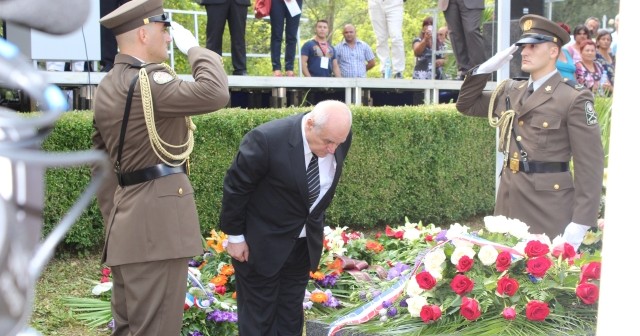
That day is marked in memory of August 2, 1944, when 2897 Roma were killed in the concentration camp Auschwitz.
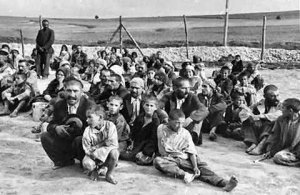
World day of Roma Languange
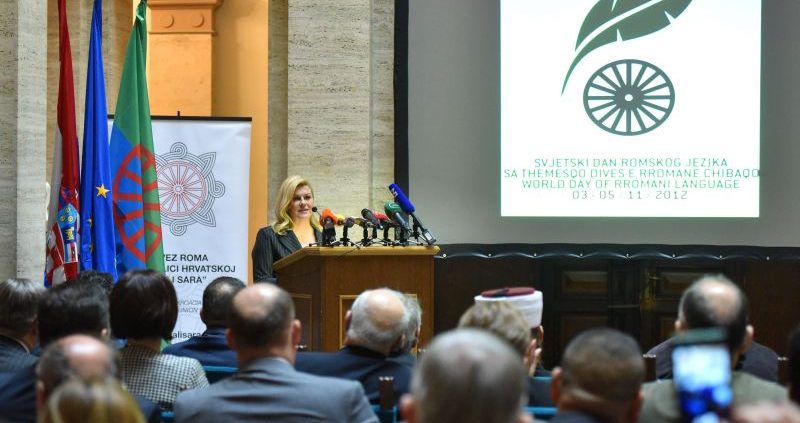
The World Day of Roma Languange was marked for the first time on 5 November 2009 in Zagreb on the initiative of the Association for Promoting Roma Education in the Republic of Croatia "Kali Sara". The marking date was chosen on November 5th in honor of the day on which the first Romanian - Croatian and Croatian - Roman dictionary by Veljko Kajtazi was published in the edition of [[Association for Promoting Roma Education in the Republic of Croatia "Kali Sara" from Zagreb and Department of Orientalism at the Faculty of Philosophy in Zagreb.
The following year, in 2009, the first Romani Language Symposium was held on the same day, bringing together all the participants from all over the world to present and present the Symposium on the occasion of the World Romani Day, signed by all the participants including representatives of the International Union of Roma IRU).
This Charter, in which 260 representatives of the Roma and Non-Roma Communities participated, invited the entire world public to engage in the initiative of popularizing Roma, preserving cultural and national identity, educating and educating Roma and better understanding of all people.
December 5, 2013 is a historic day for the Roma community, because on that day a solemn discovery of the bilingual panel at the Faculty of Philosophy in Zagreb was held, which was discovered by MP Veljko Kajtazi and dean of the faculty prof. Dr. Damir Boras. This was marked a year after the introduction of Roma and Roma literature in higher education in Croatia. This decision was made at the initiative of Parliamentary Representative Veljko Kajtazija after the celebration of the World Roma Day.
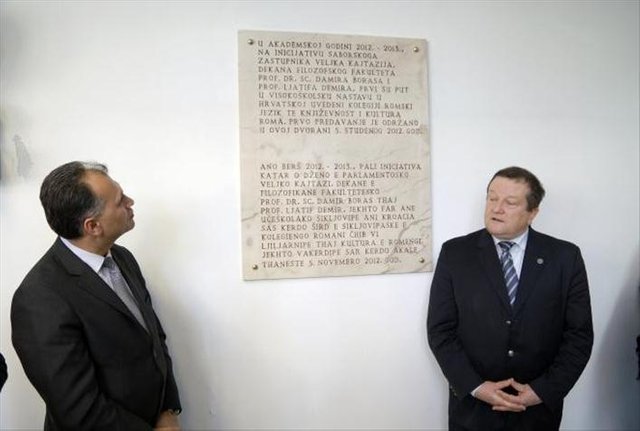
On November 7, 2015, the UNESCO General Assembly accepted the initiative of the Republic of Croatia and officially proclaimed November 5 as World Romance Day. The proposal was adopted without debate.
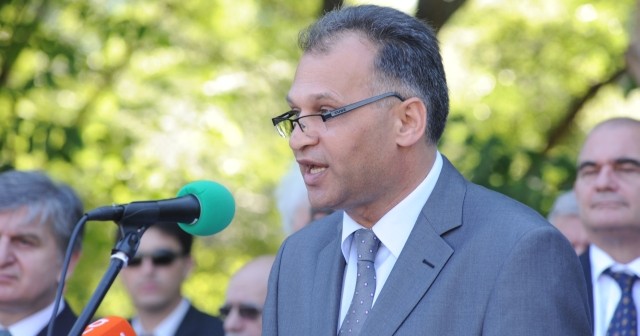
Also, Roms in Croatia celebrate 'Đurđevdan', or Ederlezi
Did you hear this famous song?
Interesting fact:
The famous song "Đurđevdan" was created in a "death trail" that traveled from Sarajevo to Jasenovac, attended by professor Žarko Vidović, an art historian from Sarajevo, who was in a notorious concentration camp in 1942. When the hungry and thirsty Serbs, who were transported to Djurdjevdan in the wagons for the infamous camp, began to cry, one man from Sarajevo for the first time caught: "Spring on my shoulder is ending, green lilies, all beside me ..."
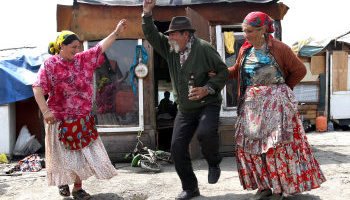

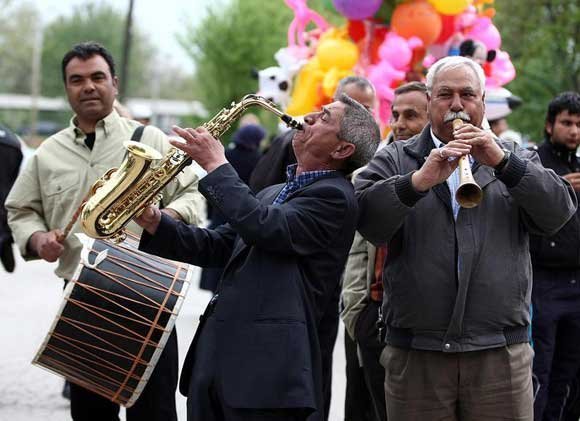
Discrimination Roma has its own historical background. Enemy relations with Roma groups have also been confirmed by legislation. Western Europe had radical forms of discrimination such as ethnic cleansing. Roma were expelled, and in some countries there were organized hunting on Roma people.
I'm glad to live in Croatia, country that trying to improve position of Roma.
Roma on Roma Languange means- human, nothing more or less.
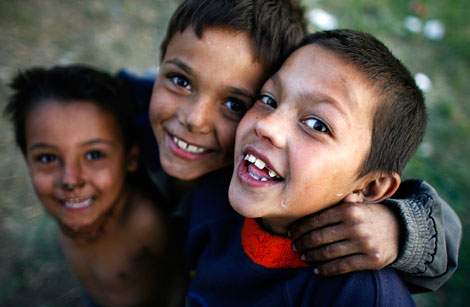
Beautiful song!
Downvoting a post can decrease pending rewards and make it less visible. Common reasons:
Submit
This post received a 3.4% upvote from @randowhale thanks to @leonarda! For more information, click here!
Downvoting a post can decrease pending rewards and make it less visible. Common reasons:
Submit
I live in Međimurje, where Roma comunities are expanded, so I was many times in touch with them and my expiriences weren
t always positive. Just few of them behave on the socialized way. Others are still no socialized what you wrote in your article about. But I have to mention their robberies. When it happens, police doesntt help very much, you`re week. They are very protected by authority. I would like they were kinder, I think only then improving their position would have a purpose.Downvoting a post can decrease pending rewards and make it less visible. Common reasons:
Submit
I have met only few polite Roma in Zagreb. There's much more those who steal, talk bad and ask for money on the street or in trams.
Downvoting a post can decrease pending rewards and make it less visible. Common reasons:
Submit
I agree with you. There is lot to be done. They need socialize with society better, but i think that every day is better.
Downvoting a post can decrease pending rewards and make it less visible. Common reasons:
Submit
Kada čitam o rasizmu u svijetu, posebno u zemljama koje su multikulturalnije od naše pomislim ''Hvala Bogu nema rasizma kod nas.'' Onda se sjetim Roma u Hrvatskoj i načina na koji se naše društvo oduvijek odnosi prema njima. Oni su jednako dio ove zemlje kao i mi a odnosimo se prema njima ko prema nekom bijesnog psu kojeg ne možemo otjerat pa ga zatvorimo u šupu i udarimo di kod štapom da mu bacimo kost bez da nas ugrize.
Što želim reći, argumenti koje hrvati prezentiraju (kao npr. ovdije u komentarima) protiv Roma su vrlo slični ako ne i od riječi do riječi identični kao komentari koji se često u drugim zemljama koriste protiv ostalih manjina, i ni u jednoj od tih zemalja nije problem u manjinama već u večini koja, iskreno, nema ni volje ni interesa pristupiti tim ljudima, kao ljudima, sa srcem i empatijom, strpljenjem i razumijevanjem i, najvažnije, ustrajnošću,a ne kao bijesnim nesocijaliziranim životinjama.
Downvoting a post can decrease pending rewards and make it less visible. Common reasons:
Submit
Prekrasan komentar i u potpunosti se slažem...uvijek je odgovornost na većini da podrži i podigne manjinu! ❤️❤️
Downvoting a post can decrease pending rewards and make it less visible. Common reasons:
Submit